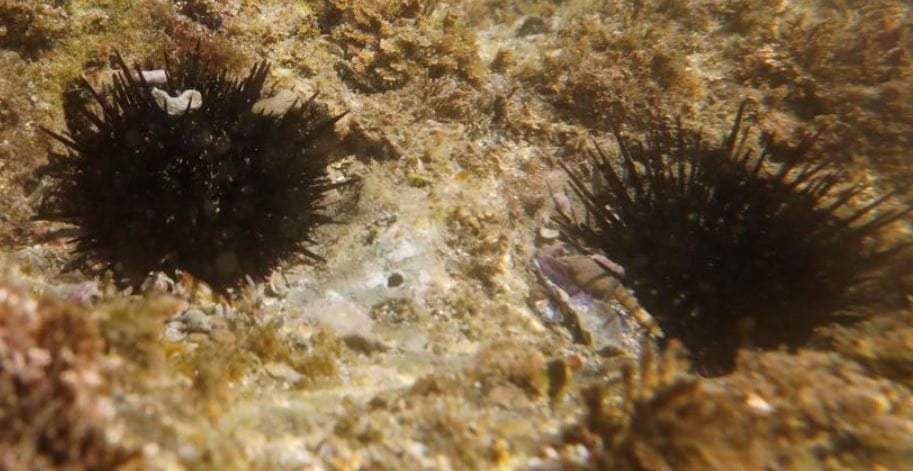Seaweed Crisis Spurs Innovative Solution
Japan, renowned for its culinary delicacies, is facing a dire environmental challenge: the “desertification of the sea” or “isoyake.” This alarming phenomenon, characterized by the rapid decline of vital seaweed forests along the coastline, threatens marine biodiversity and the livelihoods of local fishers. However, a novel and surprisingly palatable solution is emerging from research labs – feeding hungry sea urchins a diet of surplus vegetables.
The Urchin Conundrum: Overgrazing and Economic Viability
In Sagami Bay, south of Tokyo, seaweed beds have shrunk by a staggering 80% in recent decades. Scientists attribute this decline partly to overgrazing by sea urchins, exacerbated by rising sea temperatures and stronger tidal waves. While controlling urchin populations is crucial, it has proven challenging due to their sheer numbers and the limited economic incentive for fishers to catch them. Unlike their gourmet counterparts served in sushi bars, most local urchins lack substantial edible portions.
A Culinary Twist: From Waste Cabbage to Gourmet Delicacy
Researchers at the Kanagawa Prefectural Fisheries Technology Center are exploring a unique approach to tackle this issue: transforming waste cabbage and Japanese mustard spinach into a delectable feast for sea urchins. The unexpected culinary experiment has yielded remarkable results. These lab-fed urchins not only develop significantly larger edible portions (up to 20%) but also boast a less bitter taste compared to their wild counterparts.
Cultivating a Sustainable Solution
This innovative strategy holds the potential to create a win-win scenario. By enhancing the economic value of local sea urchins through a diet of surplus vegetables, researchers hope to incentivize fishers to actively participate in population control efforts. Simultaneously, reducing urchin populations will alleviate pressure on dwindling seaweed forests, allowing them to regenerate and thrive.
Summary
Japan’s “desertification of the sea” crisis has prompted researchers to explore a creative solution: feeding hungry sea urchins a diet of surplus vegetables. This unexpected culinary intervention has led to the development of more palatable and economically viable urchins, offering a potential pathway to control urchin populations and restore vital seaweed forests. The initiative exemplifies the power of innovative thinking in addressing complex environmental challenges.
Key Learnings
| Key Point | Description |
|---|---|
| Ocean Desertification | The alarming decline of seaweed forests in Japan, threatening marine biodiversity and livelihoods. |
| Sea Urchin Overgrazing | A significant contributing factor to the seaweed crisis, exacerbated by rising sea temperatures and stronger tidal waves. |
| Culinary Solution | Researchers are feeding sea urchins surplus vegetables to enhance their edibility and economic value. |
| Sustainable Approach | The initiative aims to incentivize urchin population control while promoting seaweed forest regeneration. |
| Innovative Environmental Solutions | The project exemplifies the power of creative thinking in addressing complex ecological challenges. |

Basant Kumar Sahoo is a seasoned writer with extensive experience in crafting tech-related articles, insightful editorials, and engaging sports content. With a deep understanding of technology trends, a knack for thought-provoking commentary, and a passion for sports, Basant brings a unique blend of expertise and creativity to his writing. His work is known for its clarity, depth, and ability to connect with readers across diverse topics.



